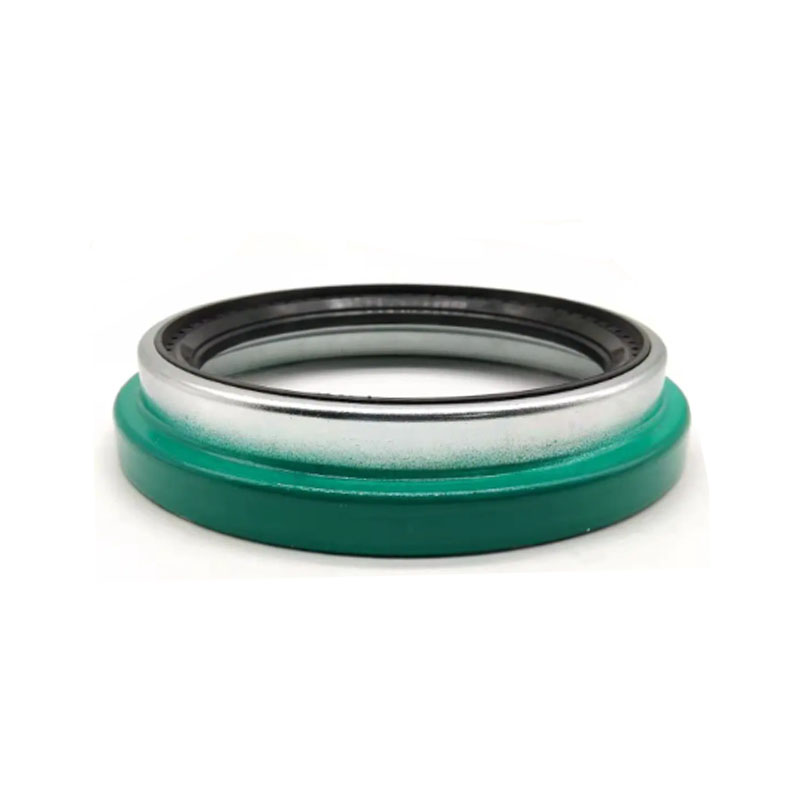7.3 Powerstroke Oil Cooler Gasket Replacement Guide and Tips for Optimal Performance
Understanding the Importance of the Oil Cooler Gasket in a 7.3 Powerstroke Engine
The 7.3 Powerstroke diesel engine is well-respected among diesel enthusiasts for its reliability, durability, and power capabilities. However, like any engine, it is subject to wear and tear over time, and one vital component that often gets overlooked is the oil cooler gasket. This article delves into the function of the oil cooler gasket, the issues that can arise with it, and how to maintain it for optimal performance in your 7.3 Powerstroke.
What is the Oil Cooler Gasket?
The oil cooler gasket is a crucial component located between the oil cooler and the engine block in the 7.3 Powerstroke diesel engine. Its primary function is to create a sealed connection that prevents oil and coolant from mixing. The oil cooler is designed to regulate the temperature of the engine oil, ensuring optimal operating temperatures and improving the overall efficiency of the engine.
Functionality of the Oil Cooler Gasket
During the normal operation of the engine, oil absorbs heat from various components and needs to be cooled down before circulating back into the engine. The oil cooler plays a pivotal role in this process. The oil flows through the cooler, where it is exposed to the engine coolant that is flowing in the opposite direction. The oil cooler gasket seals the oil cooler to the engine block, permitting oil to flow through while preventing coolant leaks.
If the gasket fails, it can lead to serious issues, such as coolant leaking into the oil system, which can cause significant engine damage. This is often referred to as oil/coolant mixing, and it can lead to a costly repair if not addressed promptly.
Common Symptoms of Oil Cooler Gasket Failure
1. Overheating Engine If the oil cooler gasket fails, it may lead to overheating because the oil is no longer effectively cooled. An overheating engine can cause extensive damage, including warped heads and severe engine wear.
2. Coolant in the Oil One of the most obvious signs of a failing oil cooler gasket is the presence of coolant in the oil. This can be identified by checking the oil dipstick for a milky appearance or a sweet smell, indicating contamination.
oil cooler gasket 7.3 powerstroke

3. Oil Leaks If you notice oil pooling underneath your vehicle or around the oil cooler area, this could signify a gasket leak.
4. Loss of Engine Performance A failing oil cooler gasket can also affect engine performance, including a decrease in horsepower and torque due to improper lubrication.
Preventative Maintenance
To ensure the longevity of your 7.3 Powerstroke engine and its critical components like the oil cooler gasket, proper maintenance is essential.
1. Regular Inspections Regular checks of the oil and coolant levels can help catch issues before they escalate. Look for signs of oil contamination in the coolant reservoir and vice versa.
2. Routine Oil Changes Changing the oil regularly helps keep your engine clean and protects against excessive wear. Always use quality oil and filters that meet or exceed OEM specifications.
3. Cooling System Maintenance Regularly flush and refill your cooling system according to the manufacturer's recommendations. A clean cooling system will help maintain the efficiency of the oil cooler and reduce the risk of gasket failure.
4. Monitor Engine Temperature Keeping an eye on your engine’s temperature gauge can alert you to developing problems. If you notice the engine running hotter than usual, it may be an indication of an issue with the oil cooler or the gasket.
Conclusion
The oil cooler gasket may be a small component in the grand scheme of your 7.3 Powerstroke engine, but its importance cannot be understated. Neglecting this component can lead to severe engine problems and costly repairs. By understanding the function of the oil cooler gasket, recognizing the signs of failure, and performing routine maintenance, you can ensure that your engine remains in top shape for years to come. The 7.3 Powerstroke is a powerhouse, and taking care of its components will help you unleash its full potential on the road.
-
Understanding the Front Main Engine Seal: Purpose, Maintenance, and Installation
News Jul.29,2025
-
Understanding O-Rings and Seal Rings: Types, Applications, and Custom Solutions
News Jul.29,2025
-
Understanding Crankshaft Oil Seals: Rear Seals, Pulley Seals, and Their Role in Engine Integrity
News Jul.29,2025
-
The Importance of Front and Rear Crankshaft Seals in Engine Performance and Oil Management
News Jul.29,2025
-
Crank Oil Seals: Functions, Types, and Cost Considerations in Engine Maintenance
News Jul.29,2025
-
A Comprehensive Guide to O-Rings and Seals: Types, Materials, and Global Applications
News Jul.29,2025
-
Mastering Diesel and Performance Engine Maintenance: A Guide to Critical Oil Gaskets
News Jul.28,2025
Products categories















